
National Geographic Photog Accused of Being Violent at Press Event
Photojournalists in the Philippines are accusing a National Geographic photographer of pushing and kicking a newspaper photographer at a recent press event.

Photojournalists in the Philippines are accusing a National Geographic photographer of pushing and kicking a newspaper photographer at a recent press event.

AP Photographer David Guttenfelder is a conflict photographer. He's spent much of his photographic career capturing war through the lens of his camera. One thing he certainly never considered himself was a bird photographer.
But when he was sent on an assignment to illustrate a National Geographic piece on the illegal hunting of songbirds, he became one. And it slowly dawned on him that he wasn't just doing a documentary, environmental, or conservation piece -- this was simply another form of conflict photography.
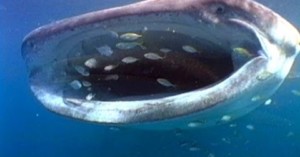
Here's a short and sweet video in which underwater photographer and filmmaker Tom Campbell tells of an experience he had photographing a whale shark, the world's largest fish.
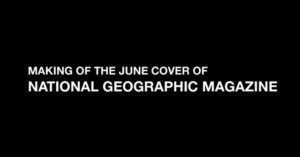
The June cover of National Geographic features a photo of explorer and director James Cameron comfortably posing underwater in front of what looks to be his submarine. Obviously a composite (and a bit of a deviation from Nat Geo's typical style) photographer Marco Grob uses the above behind the scenes video to explain both the how and the why behind this awesome photo shoot.
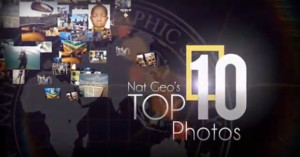
National Geographic photographers snapped over 1 million images over the course of 2009. Only about 1000 of those photos were selected and published by the famous yellow-bordered journal.
Of these 1000 published photos, National Geographic selected the 10 best images and created a 50-minute film that offers a behind-the-scenes look at how they were made.
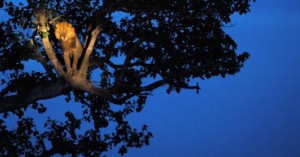
Here's a short inspirational video by photographer Joel Sartore in which he talks about shooting for National Geographic and living "a photographer's life." He talks about what it takes to be that kind of photographer, and even though his list includes everything from a palate that can handle strange foods to a Type A personality, it seems that the quality Sartore has in spades is a healthy sense of humor.
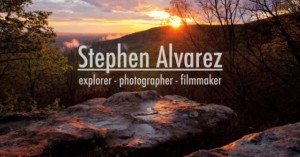
National Geographic's Stephen Alvarez is part photographer, part filmmaker and part explorer. That triad makes his photography great because while some photographers take pictures, Alvarez has learned to tell stories -- and as the years have gone by and his gear has improved, his stories have continued to get more compelling.
In this short video, Alvarez talks about some of his best work, revealing little behind the scenes tidbits while simultaneously sharing his motivation and drive.
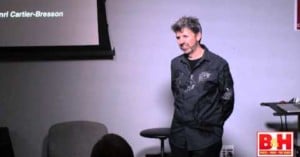
Even before the digital age, National Geographic's photographers, on average, took about 1,933 photos for every one photo published. And it's this dedication to showing the world only the very best of what they manage to capture that makes these photographers some of the best in the world.
In this B&H Event Space seminar, seasoned photographer Marcus Donner explains the necessity of quantity, and shares some lessons on how to go from taking pictures, to telling stories.
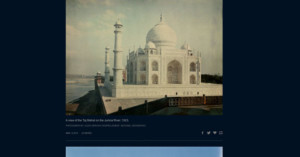
In celebration of its 125th birthday, National Geographic has launched a new Tumblr focused entirely on sharing long-lost photos buried deep within its archives. The brain-child of Nat Geo's photo archive curator William Bonner, "Found" already features 13 photos that may never have seen the light of day had it not been for this website -- with many more to come.
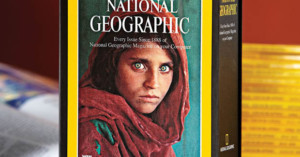
If you're constantly on the prowl for new sources of photographic inspiration, there's a pretty sweet deal going on over at National Geographic. The magazine has long been praised for its focus on delivering high quality photography showing all kinds of subjects in all kinds of locations around the world, and now it's offering its complete collection of issues between 1888 and 2011 for just $25. The set of 7 DVDs normally costs $80, so it's a savings of almost 70%.
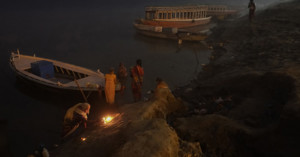
Winning the 2012 National Geographic Photo Contest is a pretty incredible feeling. Being disqualified 72-hours later for a minor editing decision... that one doesn't feel quite as good. But that's what happened to photographer Harry Fisch who, for a few glorious days, was living every Travel Photographer's dream -- shortly followed by their worst nightmare.
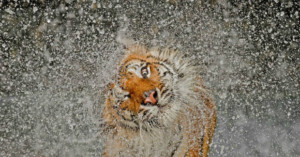
National Geographic has announced the winners of its 2012 Photo Contest, which received over 22,000 entries from photographers around the world. The photograph above, captured by Ashley Vincent and titled "The Explosion!," was chosen as the Grand Prize winner and the top image in the "Nature" category.
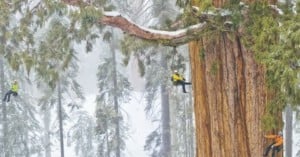
For a recent National Geographic story on giant sequoia trees, photographer Michael “Nick” Nichols was tasked with capturing a photograph showing the sheer size of one of the largest trees in the world. The video above offers a short but interesting glimpse into how Nichols and his team went about doing so.
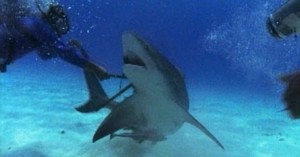
National Geographic photographer and filmmakers do some pretty crazy stuff and use some pretty crazy gear in order to capture the perfect shot. They're the type of people who see a large shark and, instead of fleeing the scene, think to themselves, "we should attach a camera to that thing." And then they actually do it.
Mounting cameras on sharks is risky business, though, and the video above shows just how dangerous it can be. In it, marine biologist Greg Marshall tells of his first attempt at deploying his camera onto the back of a large shark back in 1992. It didn't go according to plan.

Yahoo made some management moves a couple of weeks ago, with VP Adam Cahan becoming head of the company's mobile endeavors and its photo-sharing service, Flickr. Cahan was previously the founder and CEO of IntoNow, a 12-week-old company that Yahoo acquired last year for $20 to $30 million.
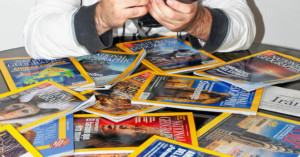
Yesterday we reported that Nikon Photo Contest is no longer accepting film photos starting this year. Turns out it's not the only prestigious photo contest with rules that are causing some discussion. Check out what National Geographic Photo Contest 2012 says under the rules section "Who May Enter":
Contest is open only to individuals who have reached the age of majority in their jurisdiction of residence at the time of entry and who do NOT reside in Cuba, Iran, New Jersey, North Korea, the Province of Quebec, Sudan, Syria or Vermont. Employees of National Geographic Society, and its subsidiaries and affiliates [...] CONTEST IS VOID IN CUBA, IRAN, NEW JERSEY, NORTH KOREA, THE PROVINCE OF QUEBEC, SUDAN, SYRIA, VERMONT AND WHERE PROHIBITED.
Iran and North Korea? Those are understandable... but New Jersey and Vermont? Turns out there's a pretty simple answer for those states as well: state laws.
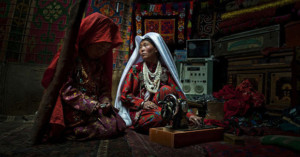
The photo above is the winning photograph in this year's National Geographic 2012 Traveler Photo Contest. It's a photo by Brooklyn-based photographer Cédric Houin titled "Butterfly", which shows a Kyrgyz mother and daughter using a sewing machine in their dwelling. His caption reads,
This image was shot in the Kyrgyz lands of the Wakhan Corridor. The intimacy of this everyday life moment, shot inside of a family yurt, is in total contrast with the harsh environment these nomadic tribes live in. On the right we notice a television and a sound console. These tribes live weeks away from any village by foot. In spite of being located at an altitude of 4,300 meters in one of the most remote areas of Afghanistan they are equipped with solar panels, satellite dishes and cellphones. Ancestral ways of living, with touches of modernity.
The image was submitted into the category Sense of Place (the other categories were: Travel Portraits, Outdoor Scenes, and Spontaneous Moments).
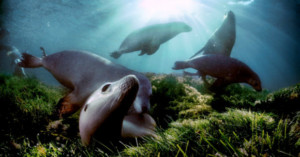
Having just mentioned National Geographic yesterday, it's appropriate that we're featuring a photographer whose work has been used in the magazine many times over. David Doubilet is certainly one of the greatest underwater photographers in the world, and his work in both fresh and salt water, in both black and white and color, really leaves one breathless.
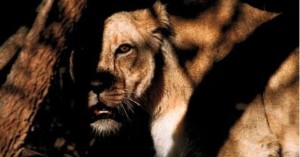
Last year we shared a table listing the various hazards National Geographic photographers experience while on the …

The Photo Society has published an interesting article in which Kent Kobersteen, the …
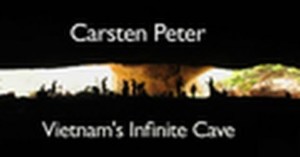
National Geographic photographers get to do the coolest things. In this video, photographer …
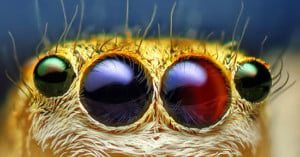
In a paper published in Science this week, Japanese researchers reported on a discovery that jumping spiders use a method for gauging distance called "image defocus", which no other living organism is known to use. Rather than use focusing and stereoscopic vision like humans or head-wobbling motion parallax like birds, the spiders have two green-detecting layers in their eyes -- one in focus and one not. By comparing the two, the spiders can determine the distance from objects. Scientists discovered that bathing spiders in pure red light "breaks" their distance measuring ability.
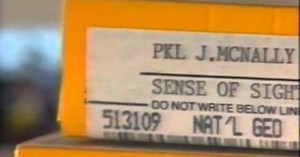
Ever wonder how the photographs found on the pages of National Geographic come together? Here’s a fascinating behind-the-scenes video …
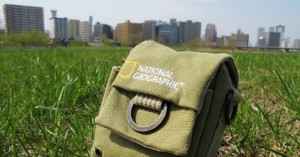
National Geographic photographer William Albert Allard has written …

Ever wonder what National Geographic photographers go through to get the beautiful shots that appear in the yellow-bordered magazine? …
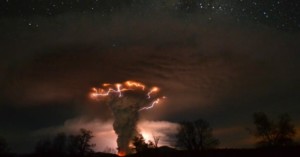
This amazing photograph by Ricardo Mohr shows the volcano …
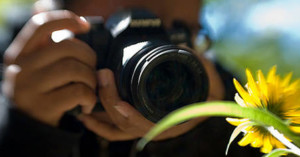
If you think you can’t compete as a photographer because you’re past a certain age, think again. Here’s a …
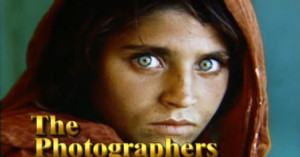
Back in 1996, National Geographic released a documentary film titled “The Photographers” that gives the world a behind-the-scenes look …

Here’s an inspiring video in which photographer and speaker Dewitt Jones talks about …

Here's an uber-inspiring video in which National Geographic photographer Sam Abell discusses the difference between "taking" and "making" photographs through his experience of shooting one particular photograph for a story on painter Charles M. Russell. He explains that taking an image is shooting a photo as a reaction, without any preparation, while making a photograph is a process.